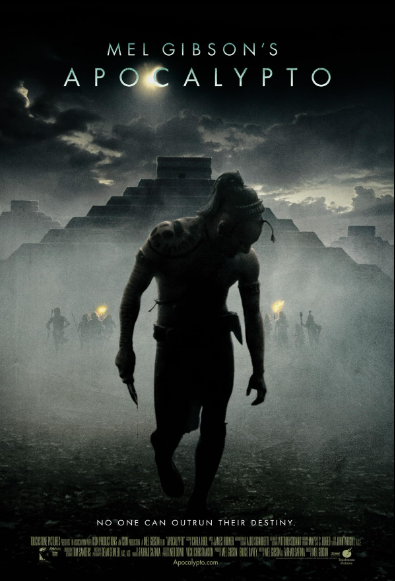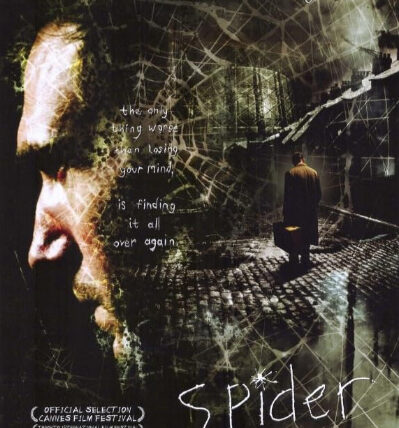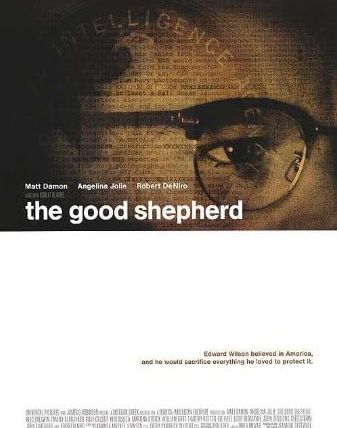I don’t want to get caught up in critical hyperbole, but I can say that this is the most original and impressive American film of the new millennium.It surpasses even the likes of “The Departed” (2006) and “No Country for Old Men” (2007) in terms of critical acclaim. There’s no doubting Gibson’s commitment to his vision or his unmatched audacity and creativity in attempting to pull off a project of this scale. The film is a once-in-a-lifetime cinematic experience that actually transports us to a world that we’ve never seen before by abstracting components of a well-documented real life civilization for the purposes of dramatic tension.
Cinema at its purest, in my opinion; a story distilled down to its barest essentials, with an emphasis on family and a struggle for survival; and all of this captured with an expert blend of visual design, editing, music, performance, choreography, photography, and character. The plot isn’t any less exciting or affecting because we get to know and respect these characters in the film’s rich and amusing opening sequences, which are full of a wonderful sense of character and warmth, but one could always make the argument that the atmosphere is secondary to the atmosphere that Gibson and his crew so expertly create. The slaughter of an animal serves as a very explicit visual metaphor foreshadowing the events of the final film in these scenes. In light of the allegations raised against Gibson by historians and academics, it is important to analyse the director’s deft manipulation of mythological concepts. With the fevered craziness of the jungle giving way to an unforgettable picture of the Maya civilization as a hellish hell on earth, Gibson creates a heightened atmosphere of continuous stylization that emphasises the impact of films like Apocalypse Now (1979) or Aguirre, Wrath of God (1972).
When the men of the tribe are seen sitting quietly around the campfire in the moments before the massacre, the picture can be read as a story-within-a-story construct, in which the film we witness becomes an extension of the folktales being told by the tribe’s elder. The more familiar themes of the film combine to form a parable about maturing into a man, as symbolised by the journey that our protagonist, Jaguar Paw, takes to win back the love of his wife and provide for his young family. Even more intriguing is the idea that the film is actually a long nightmare, with the opening massacre occurring right after Jaguar Paw wakes up from a particularly terrifying dream and replete with allusions and subtextual foreshadowing of themes that will be explored later on.
I think it makes a lot of sense that the villagers leave their homes and move through the jungle as if they are running away from something bad. This is a representation of the themes of family, loyalty, honour, death, fear, and survival that are introduced in the first parts of the story. It may also be a hint at the plague subtext that will come up later in the story. No matter what happens, the long journey our heroes take from their own village to the busy metropolis of the Mayan civilization, with its temples and sacrifices, and the amazing use of music, movement, sound, and colour make this one of the most interesting and truly otherworldly things I can remember seeing in a modern movie. Gibson’s direction here is perfect. He builds on the visual landscape and hyper-real approach to time and presentation that he used in his previous film, the flawed but still memorable The Passion of the Christ (2004), and continues the idea of creating and exploring a completely believable cinematic netherworld with roots in real, documented fact.
Here, we can ignore the film’s problematic approach to authenticity and truth since, as anyone who has seen it can attest, it isn’t seeking documentary realism. Instead, Gibson makes an action-packed thriller that improves upon the tried-and-true formulas of Hollywood survival dramas like Deliverance (1974) and Southern Comfort (1980), thanks to the richness brought about by the film’s characters, setting, and recurring use of the fireside folktales as a kind of implied framing-device. Despite these preconceptions, Apocalypto (2006) is a masterpiece due to its powerful emotional resonance and the realisation of a fully realised world that overwhelms the senses with its dazzling, fever-dream-like atmosphere and really unforgettable design.



